Optimal Seasons for Roof Bird Exclusions
Roof bird exclusions are most effective when performed during specific times of the year to ensure maximum bird activity prevention and minimal disruption. Typically, late winter to early spring and late summer to early fall are considered optimal periods. During these times, bird nesting and migration behaviors are at their peak, allowing exclusion measures to be implemented before nesting begins or after the nesting season ends.
Implementing exclusions in early spring prevents birds from nesting in roof spaces, reducing damage and debris accumulation.
Late summer to early fall is ideal for exclusions to prevent birds from establishing nests before winter.
Exclusions should be scheduled outside peak nesting months to avoid disturbing active nests and to comply with wildlife regulations.
Choosing dry, mild weather periods minimizes installation challenges and ensures proper sealing of exclusion points.
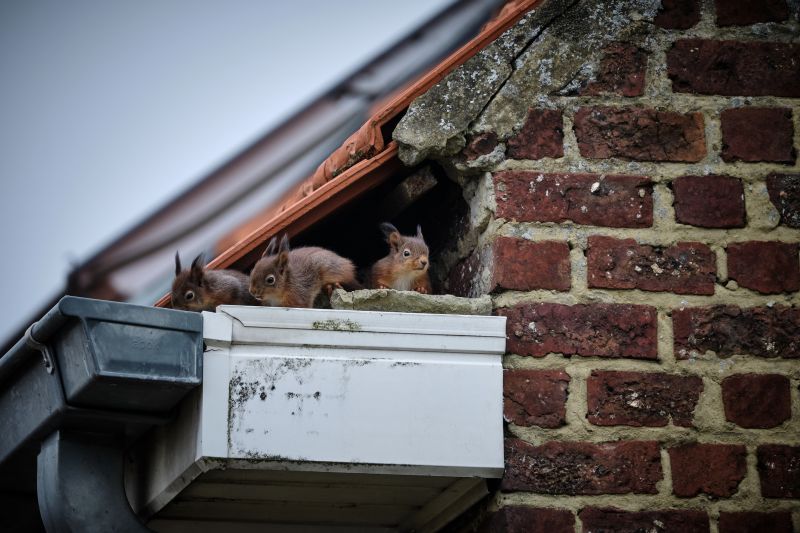
Birds often choose roof eaves and vents for nesting during spring.
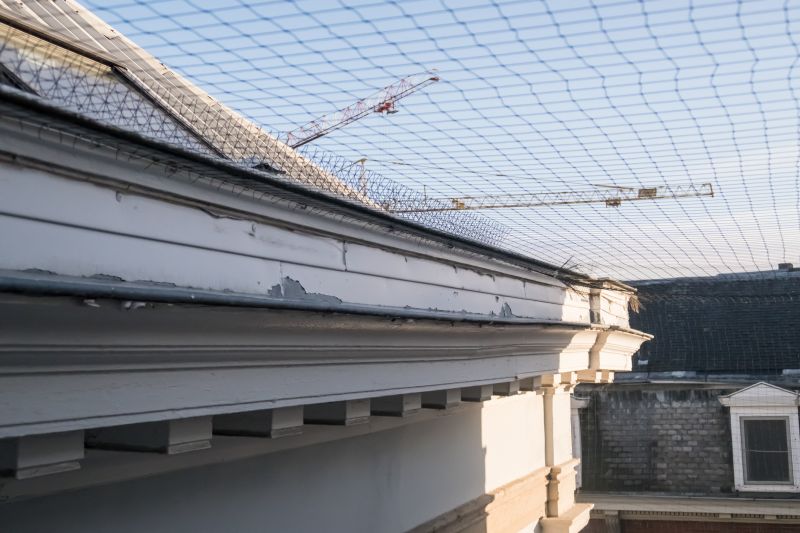
Many bird species migrate during late summer, making exclusions timely during this period.
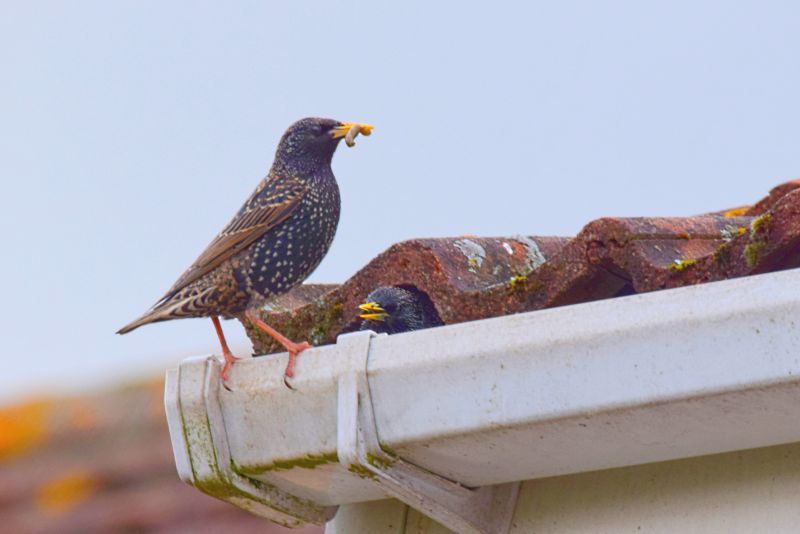
Proper timing ensures exclusion measures are installed before nesting begins.
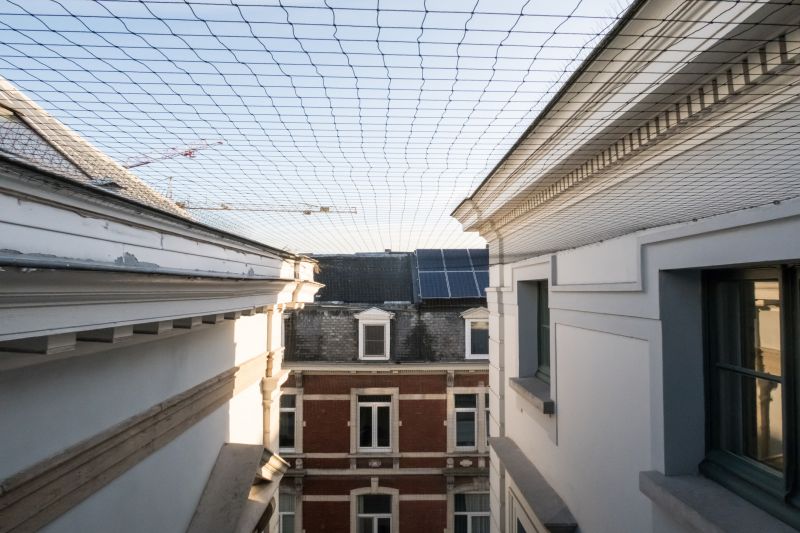
Ways to make Roof Bird Exclusions work in tight or awkward layouts.
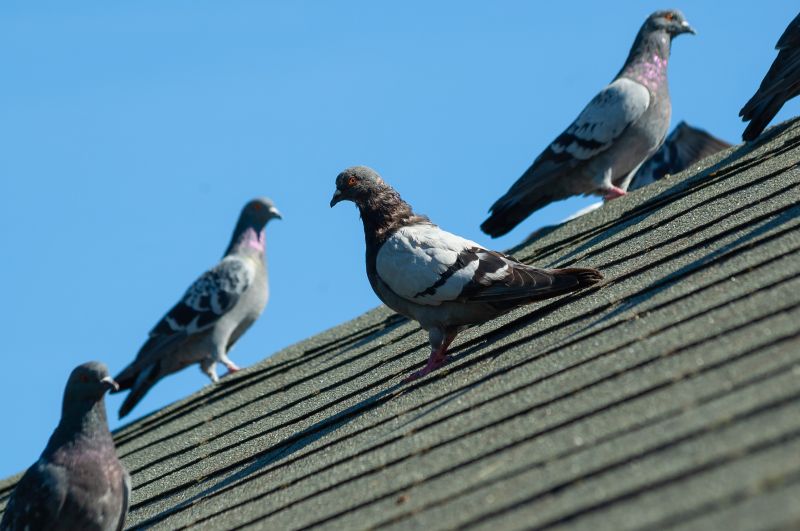
Popular materials for Roof Bird Exclusions and why they hold up over time.

Simple add-ons that improve Roof Bird Exclusions without blowing the budget.
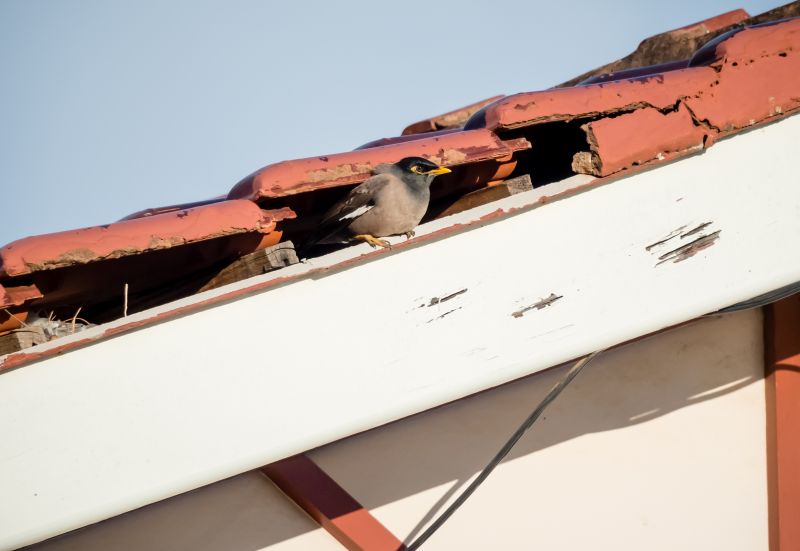
High-end options that actually feel worth it for Roof Bird Exclusions.

Finishes and colors that play nicely with Roof Bird Exclusions.
| Season | Ideal Timing |
|---|---|
| Spring | Early spring before nesting starts |
| Summer | Late summer after nesting ends |
| Fall | Late summer to early fall |
| Winter | Generally not recommended due to weather |
Roof bird exclusions involve installing barriers and deterrents to prevent birds from nesting or roosting in roof structures. This proactive approach helps reduce damage caused by bird droppings, nesting materials, and debris accumulation. Proper timing ensures that exclusion measures are effective and do not interfere with active nests, which are protected by wildlife regulations. Seasonal considerations are crucial to optimize the effectiveness of exclusion efforts.
Statistics indicate that early exclusion implementation can reduce bird-related damage by up to 80%. Additionally, timing exclusions outside of peak nesting periods minimizes the risk of disturbing wildlife and ensures compliance with local regulations. Planning exclusions during appropriate seasons enhances the longevity of roof structures and maintains property integrity.

Barriers installed to prevent bird entry during optimal seasons.

Devices used to discourage birds from landing or nesting.
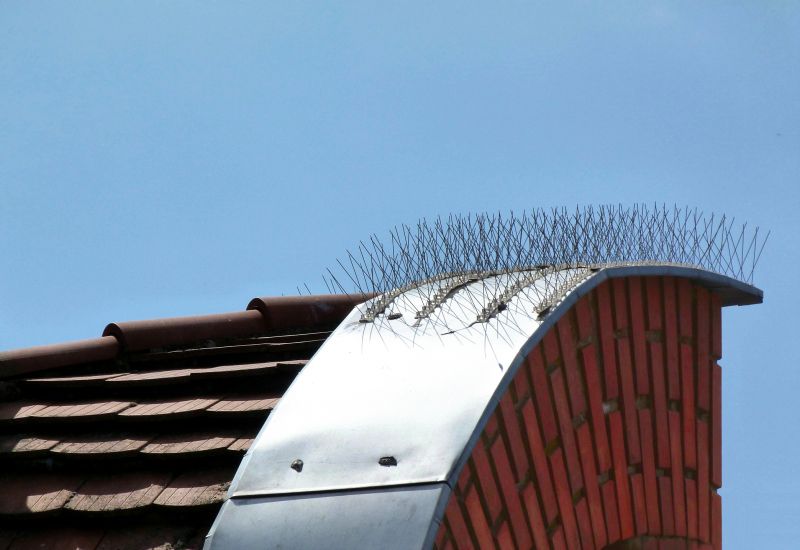
Exclusion methods that block common nesting sites.

Regular inspections during exclusion periods ensure effectiveness.
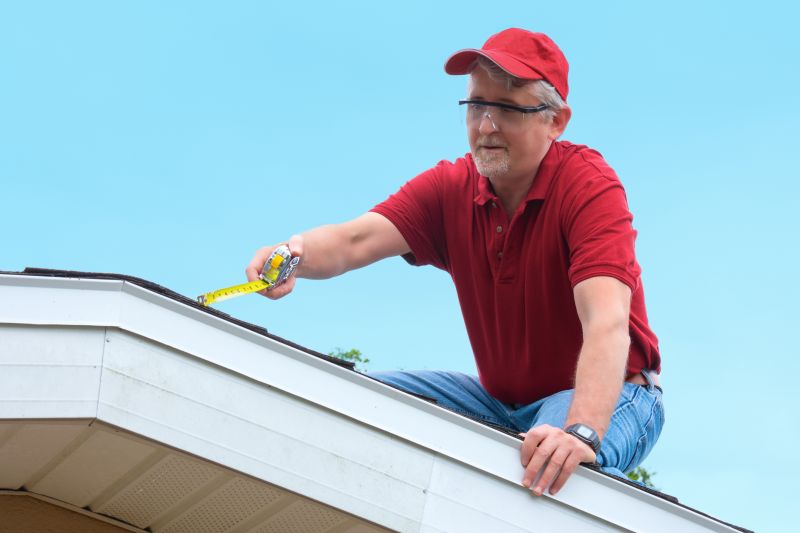
Little measurements that prevent headaches on Roof Bird Exclusions day.
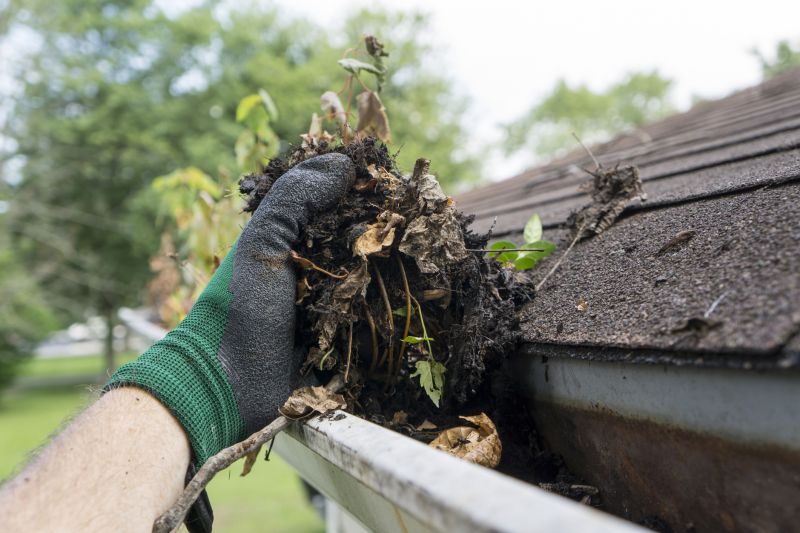
A 60-second routine that keeps Roof Bird Exclusions looking new.

A frequent mistake in Roof Bird Exclusions and how to dodge it.
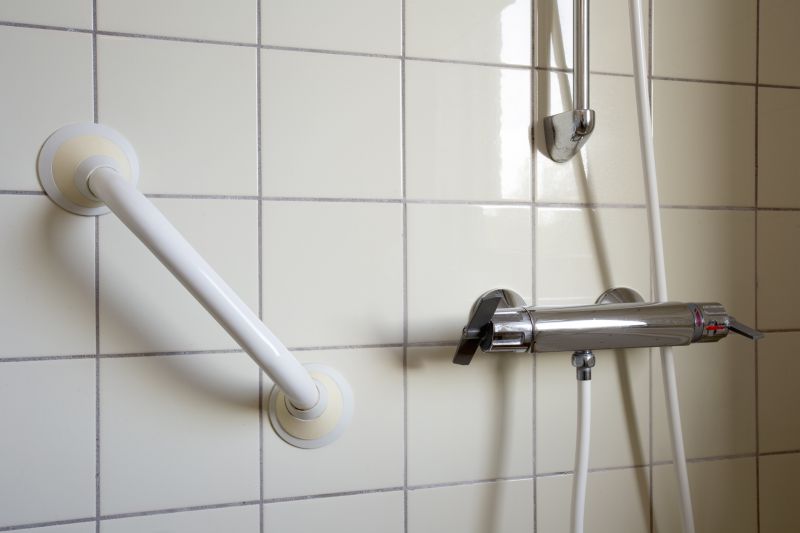
Small tweaks to make Roof Bird Exclusions safer and easier to use.
Interested parties are encouraged to contact for more information about scheduling roof bird exclusions during the most effective times. Proper timing and installation help maintain roof integrity and prevent bird-related issues efficiently.
